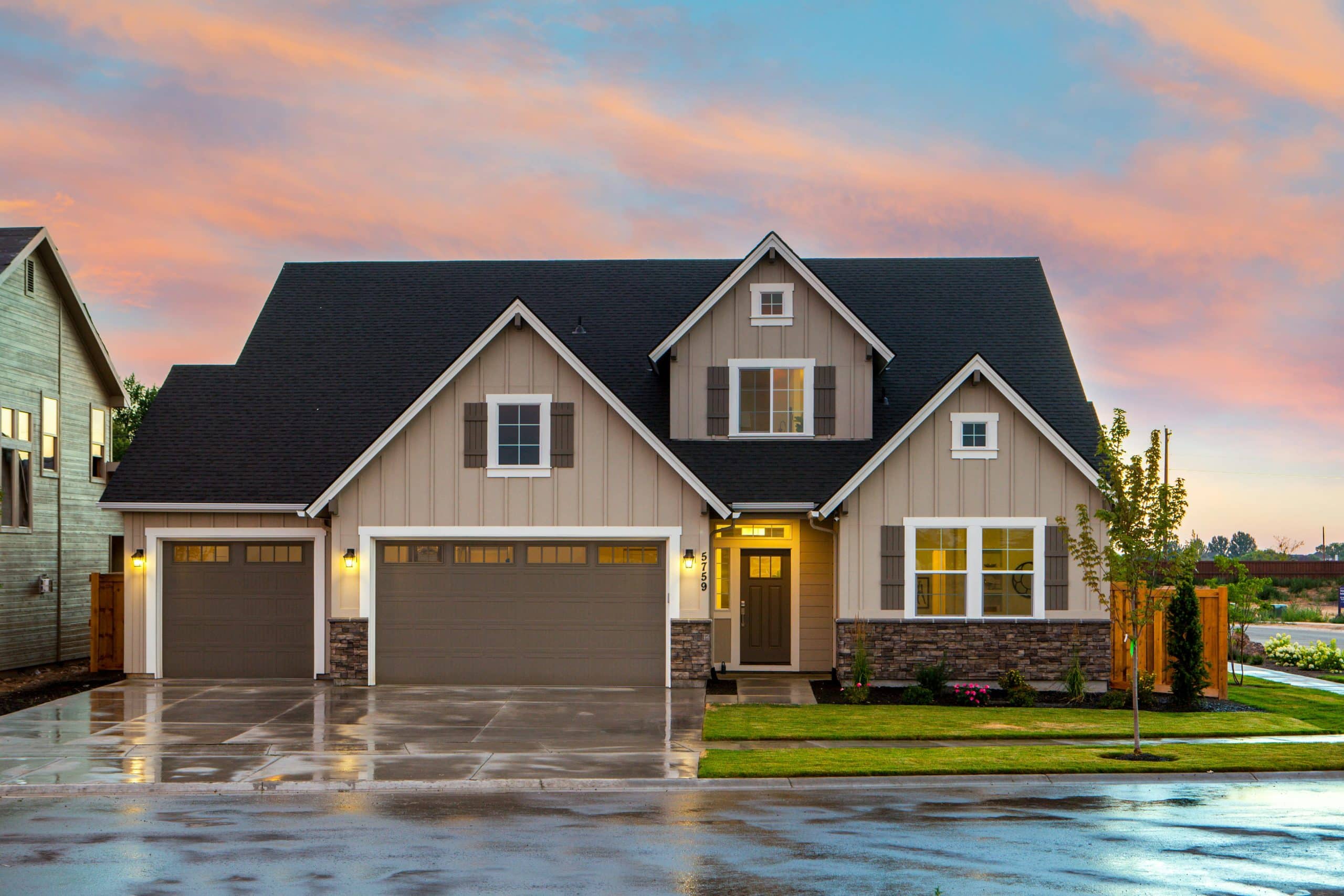What is the best approach for retrofitting seismic retrofitting in a UK Edwardian terraced house?

In a world facing an increasing number of environmental challenges, architects and design studios in London are embracing a vision of the future where sustainable solutions become the norm. These professionals are focusing on projects that tap into the power of sustainable materials, energy-efficient structures, and design strategies that respect our planet's heritage. Today, we venture on a journey into an often-overlooked area of this sustainable vision: retrofitting seismic structures in heritage buildings, specifically focusing on UK Edwardian terraced houses.
Understanding the Need for Retrofitting Seismic Structures
When it comes to heritage buildings, one might be tempted to think that the most pressing environmental challenges involve energy efficiency or sustainable materials. However, another equally critical factor is the building's structural integrity. This is particularly true for buildings located in seismic zones, where the risk of earthquakes and other seismic events is a constant threat to the safety and wellbeing of the inhabitants.
Lire également : How do you optimize a UK farmhouse kitchen renovation to maintain authenticity while adding modern conveniences?
In the UK, a considerable number of Edwardian terraced houses were not originally constructed with seismic events in mind, leaving them potentially vulnerable. As we strive towards a more sustainable future, retrofitting these heritage buildings with seismic structures can help ensure their longevity and safety. Thankfully, modern architects and design studios are up to the task, utilizing innovative design strategies and materials to make these necessary changes without compromising the buildings' historical integrity.
The Design Studio's Role in Seismic Retrofitting
Design studios, such as those based in London, play a critical part in the seismic retrofitting of heritage buildings. These entities are responsible for creating and executing a design that combines aesthetics, function, and sustainability. Their vision is to create structures that seamlessly blend with the original building while ensuring maximum safety and seismic resistance.
A voir aussi : What are the criteria for choosing the most efficient multi-split air conditioning system for a UK multi-level retail space?
The design process involves a close analysis of the building's existing structures, including its foundations and wall assemblies. From there, architects and engineers brainstorm solutions that can improve the building's resistance to seismic forces. This could involve the use of reinforcing techniques, such as adding shear walls or steel braces. Alternatively, it might require more comprehensive solutions, such as base isolation systems or energy dissipation devices.
In all cases, the design studio's goal is to incorporate these retrofits in a way that respects the original building's architectural character. This often requires a delicate balance between modern building techniques and historical preservation.
Retrofitting Materials: Timber and Beyond
When it comes to retrofitting materials, timber is a standout choice for many reasons. Not only is it a sustainable material that aligns with our environmental goals, but it also offers excellent strength-to-weight performance, which is particularly beneficial in seismic retrofitting.
Timber can be used in a variety of ways during the retrofitting process. For instance, it can be used to strengthen existing wall assemblies or to construct new shear walls. Its natural flexibility also makes it an excellent material for energy dissipation devices, which can help absorb the energy generated by a seismic event and reduce the building's overall movement.
Of course, timber isn't the only retrofitting material at our disposal. Steel, for example, is another popular choice, particularly for its high tensile strength and durability. In some cases, architects and engineers might also turn to advanced materials, such as fiber-reinforced polymers or shape-memory alloys, depending on the specific needs of the project.
The Construction Journey: From Vision to Reality
Once the design has been finalized and the materials selected, the next step in the retrofitting process is the construction phase. This critical stage transforms the design studio's vision into a tangible, physical reality.
During this phase, careful attention must be paid to minimize disruption to the building's occupants and to ensure that all work is carried out in compliance with building regulations and environmental standards. This often involves close collaboration between the design studio, construction team, and local authorities.
Throughout the construction journey, regular on-site inspections and structural assessments are performed. These assessments help to ensure that the retrofitting works are progressing as planned and that the new structures are providing the anticipated level of seismic resistance.
In conclusion, it's clear that the process of retrofitting seismic structures in Edwardian terraced houses is both a complex and necessary undertaking. It requires a deep understanding of the building's original structures, a creative vision that respects the building's heritage, and the careful selection of sustainable materials. Ultimately, it's a journey that brings together the best of the past and the future, creating buildings that are not only safer and more resilient but also more in tune with our environmental goals.
Sustainable Architects and Design Studios: Leading the Charge in Seismic Retrofitting
Leading the charge for retrofitting seismic structures in heritage buildings are sustainable architects and design studios. These professionals are at the forefront of ensuring old Edwardian terraced houses can withstand seismic events, all while maintaining their historical integrity and aesthetic appeal.
Their drive for sustainable design revolves around a key principle: creating structures that not only withstand the test of time but also respect the historical character of the buildings. This commitment to sustainable architecture is redefining how we approach heritage homes, reimagining them as structures that can meet modern safety standards without losing their essential character.
At the heart of this process is the design studio's crucial role. Design studios, such as Rise Design in London, work tirelessly to ensure that each retrofit seamlessly blends with the original structure of the house. By utilising low energy construction techniques and materials, these studios are able to reduce the carbon footprint associated with retrofitting projects.
The ground floor, which is often the most vulnerable to seismic activity, is one area where sustainable architects often focus their efforts. Here, they might employ strategies such as reinforcing the existing structure with additional timber or steel supports, or installing advanced energy dissipation devices to protect against ground movement.
The retrofitting process doesn't end with the design. Sustainable architects and design studios also work closely with builders and other construction industry professionals to ensure that the retrofit is correctly implemented. This close collaboration helps ensure that the project is completed efficiently, keeping energy consumption to a minimum and adhering to all relevant building regulations.
Conclusion: Sustainable Retrofitting - A Vital Response to Climate Change
Retrofitting seismic structures in Edwardian terraced houses, such as those in Kensal Rise and Queen Park, represents a significant step forward in the fight against climate change. By making these heritage homes safer and more resilient, we are not only protecting their inhabitants but also preserving an important part of our architectural history.
Sustainable architects and design studios, with their commitment to low energy design and eco-friendly materials, are leading this charge. Their innovative and respectful approach to retrofitting is setting a new standard in the construction industry, demonstrating that it's possible to make our old buildings fit for the future without compromising their historical integrity.
Whether it's through the use of native plants in the landscaping to enhance the building's natural surroundings, or the careful selection of materials to minimize the project's carbon footprint, these professionals are showing us that sustainable design can and should be at the heart of our response to climate change.
As we look to the future, it's clear that the need for seismic retrofitting will only increase. Thanks to the work of sustainable architects and design studios, we can face this challenge head-on, confident in the knowledge that our heritage homes are in safe hands.
